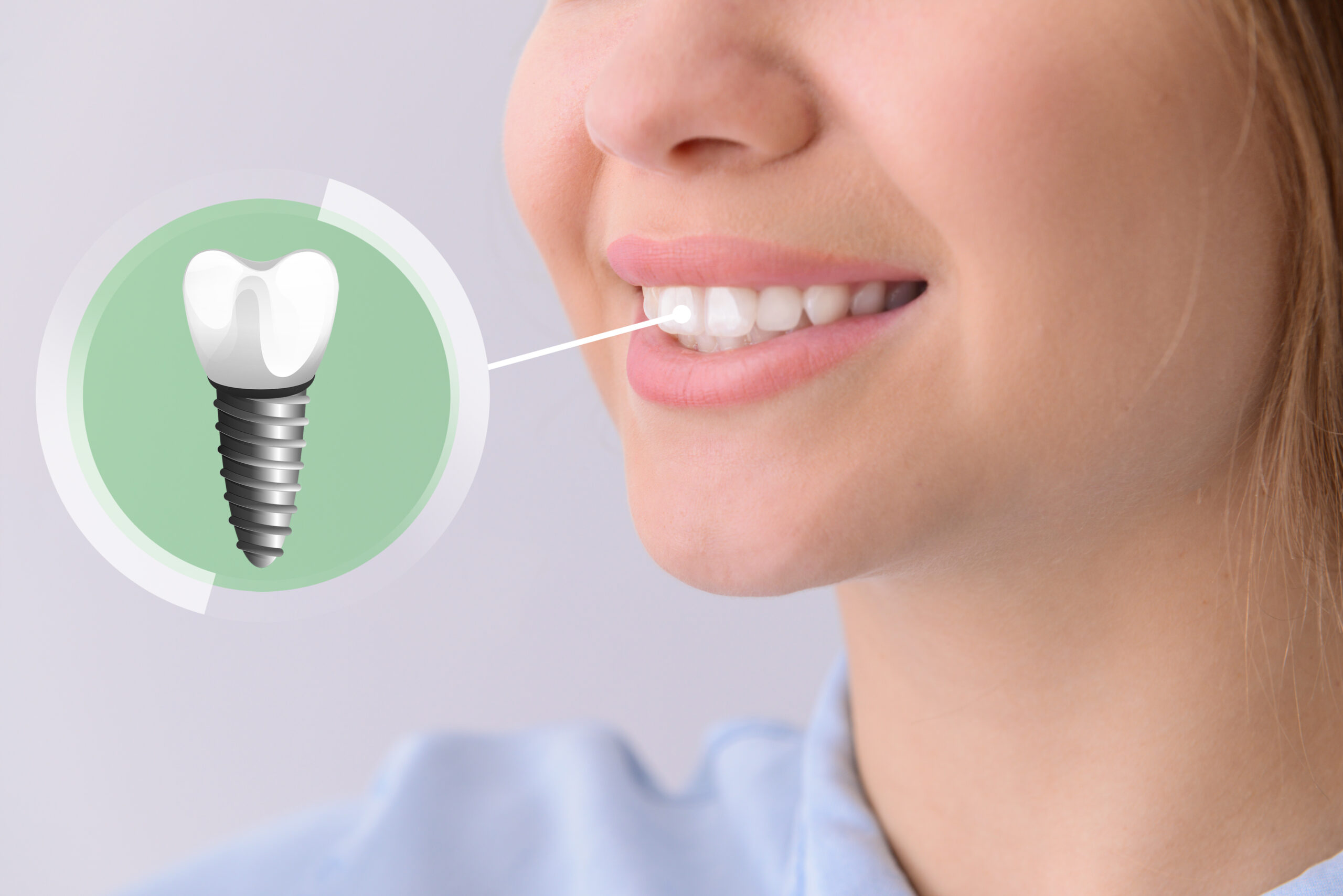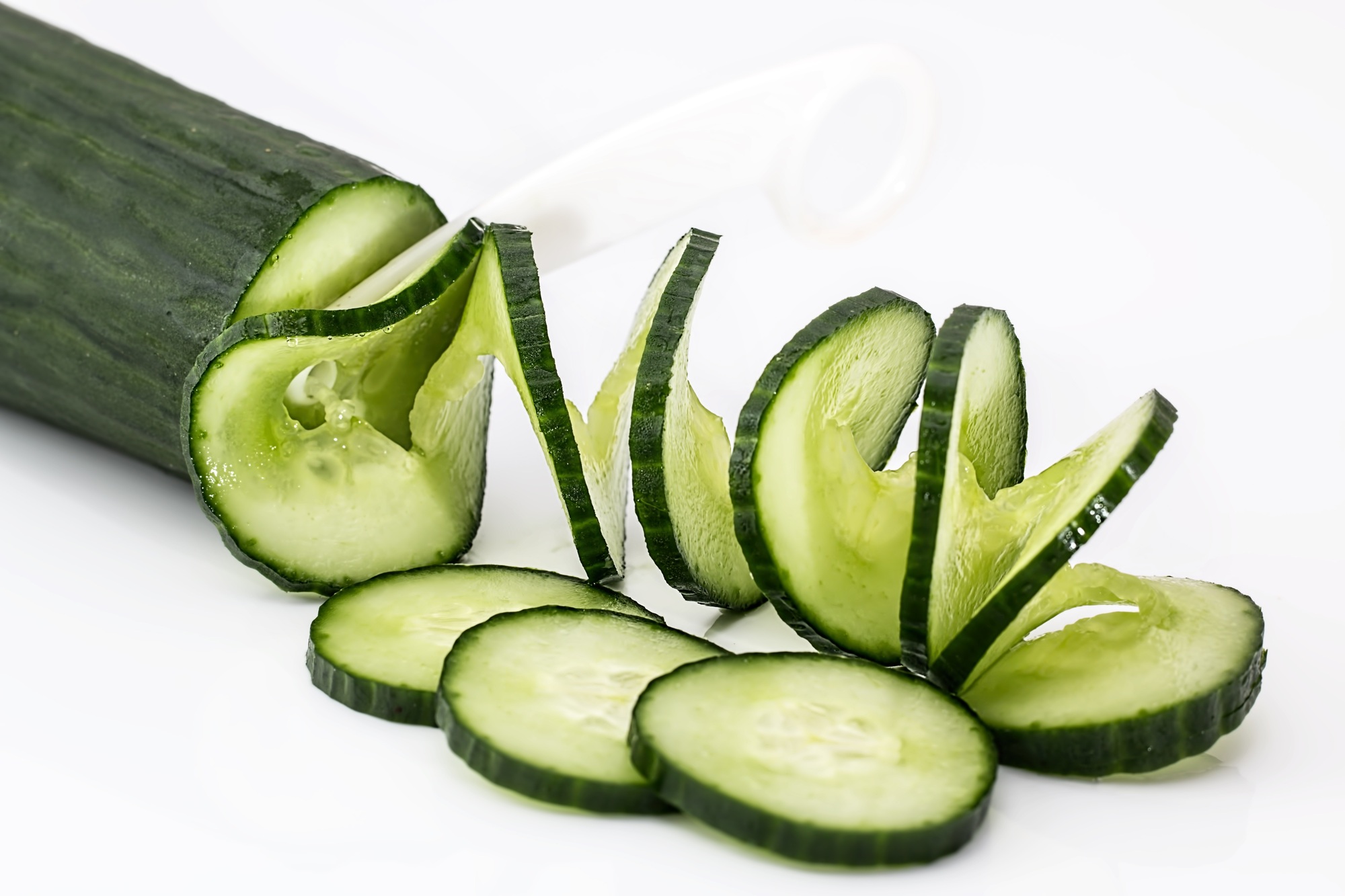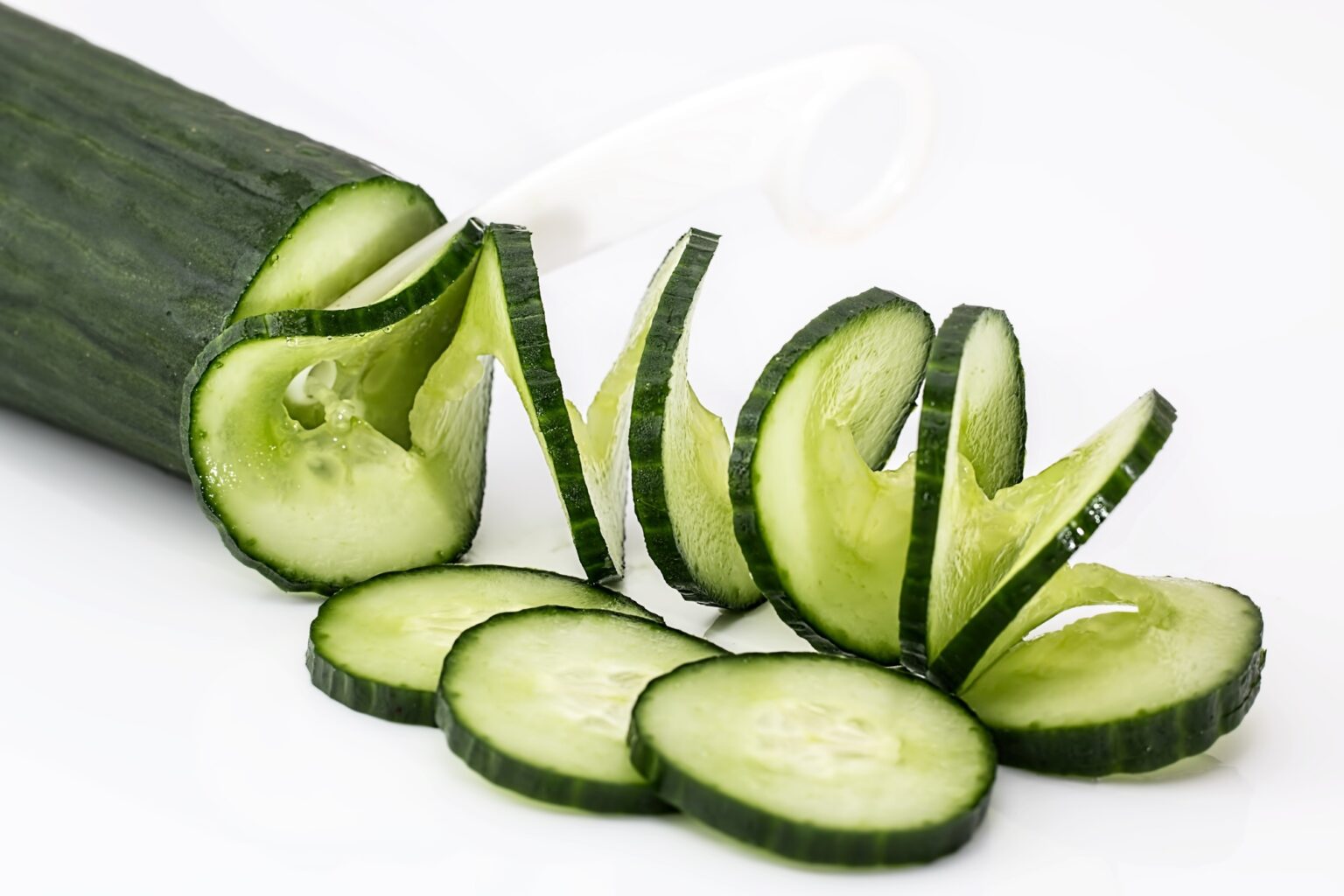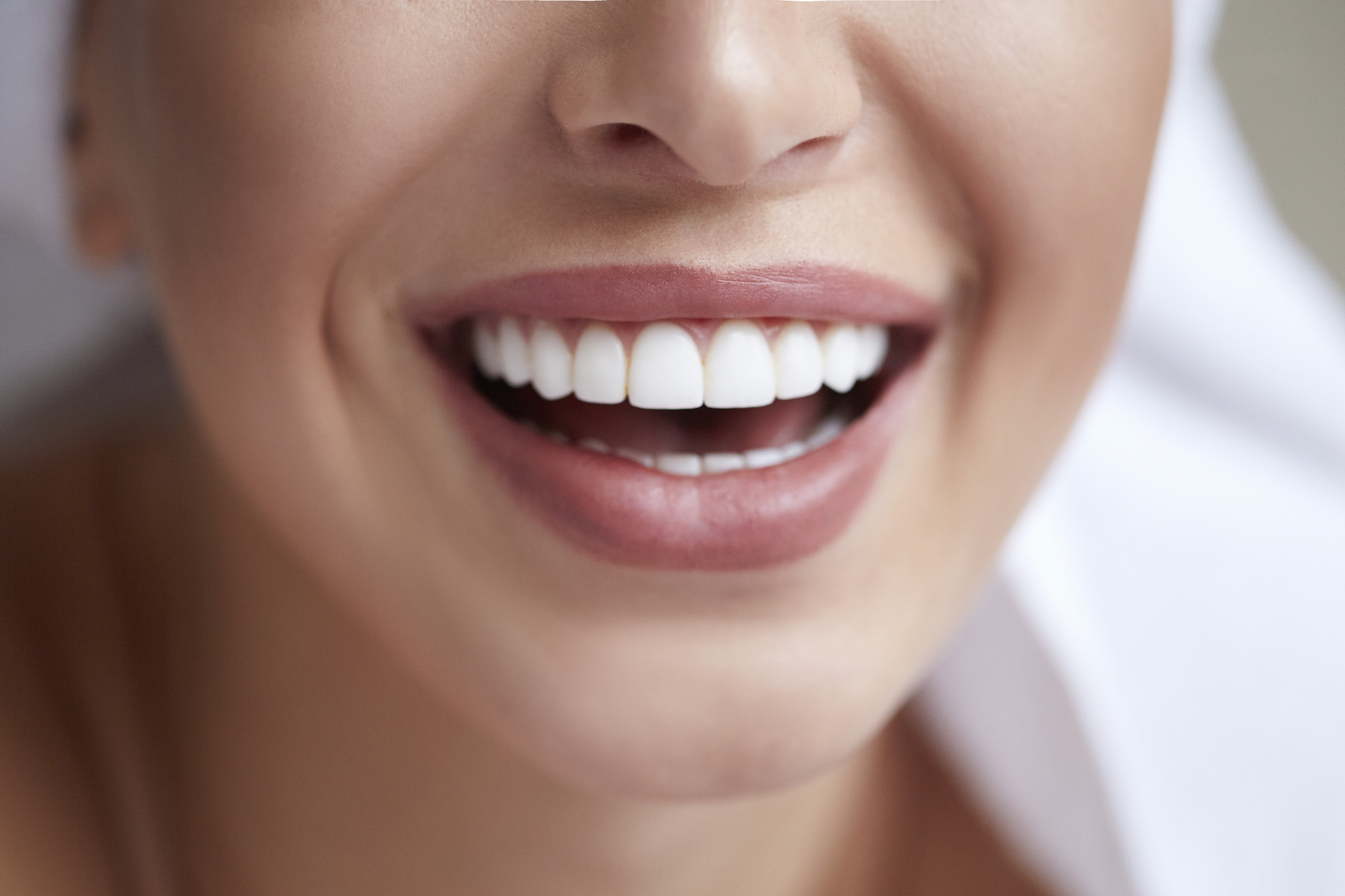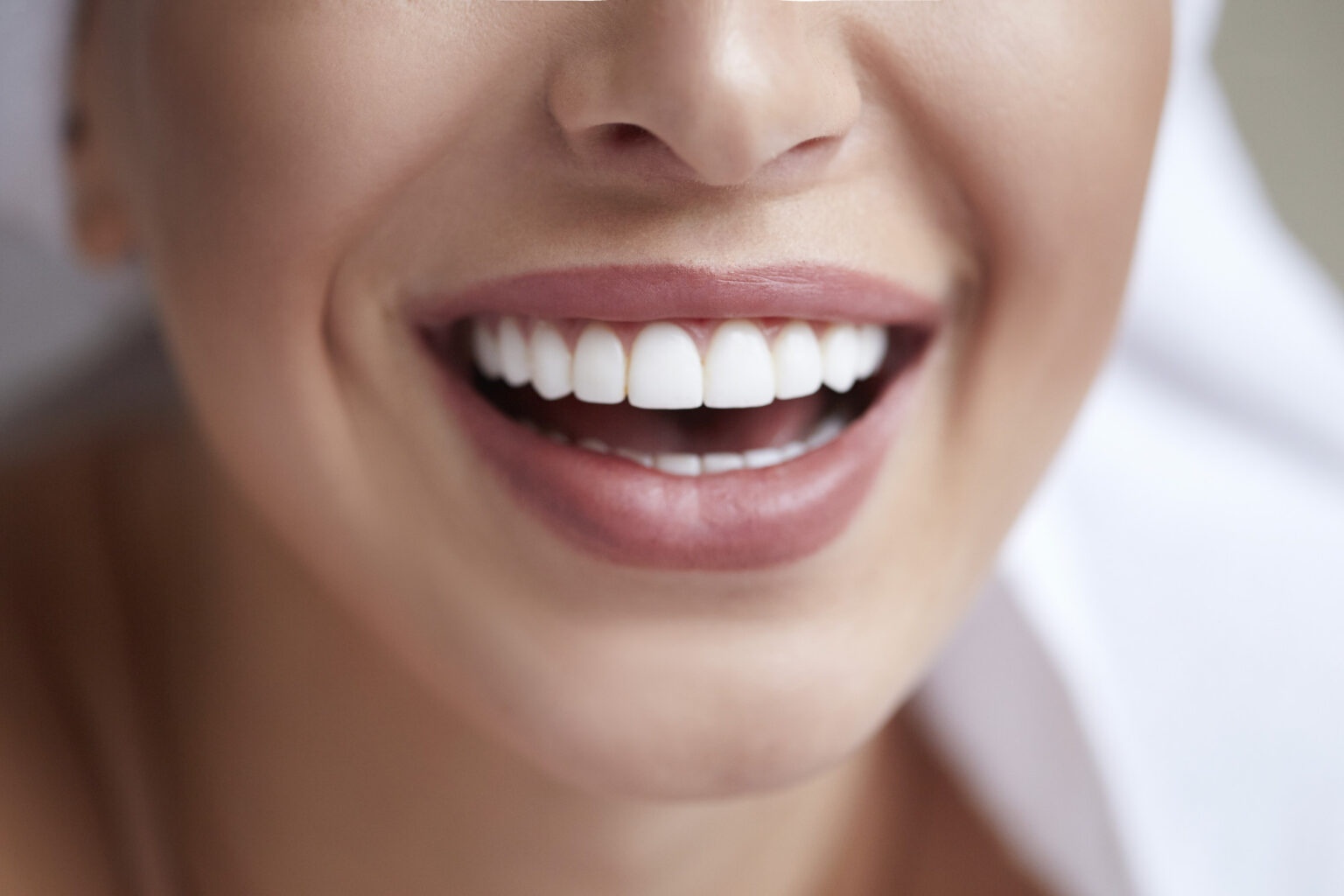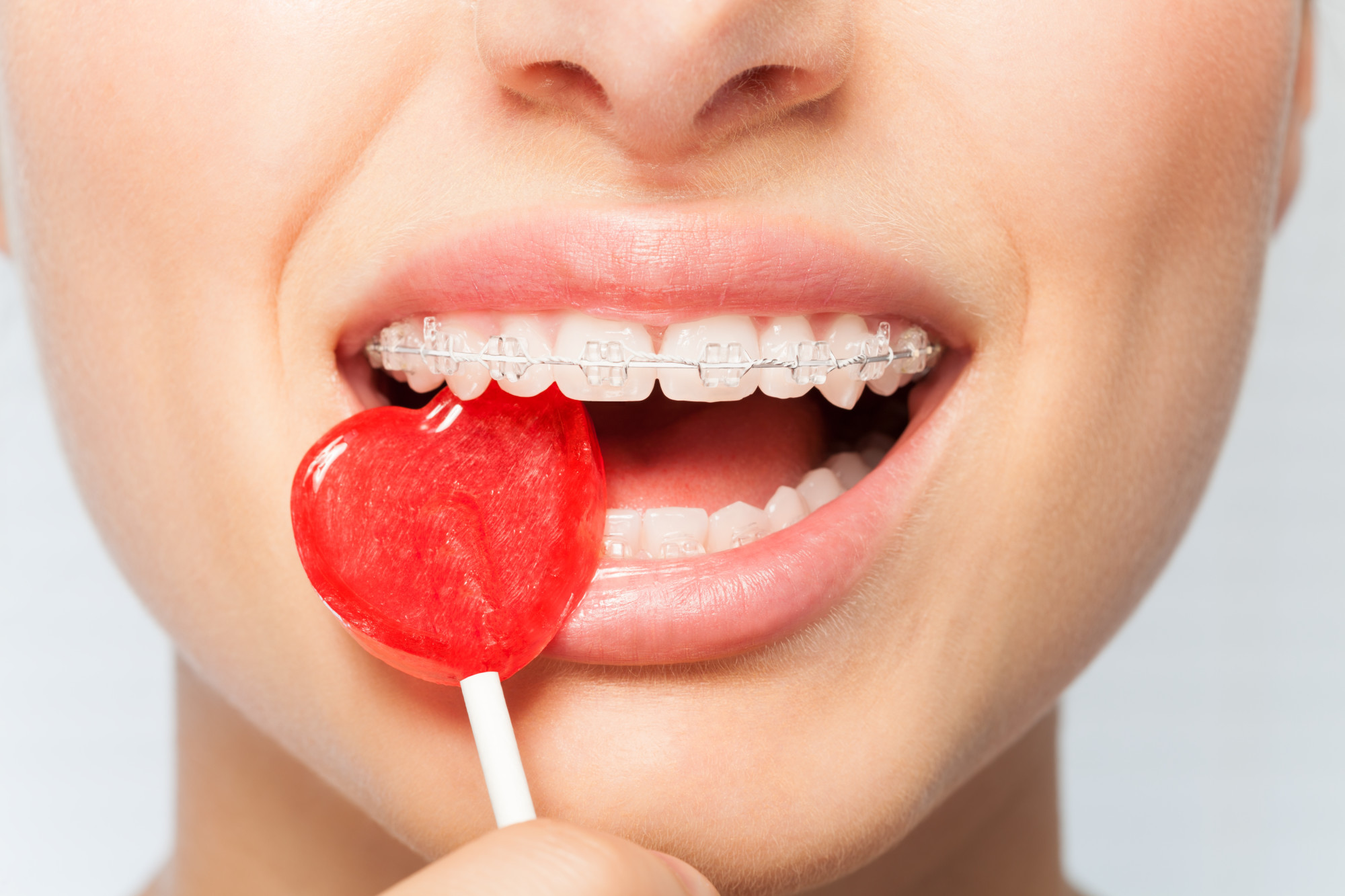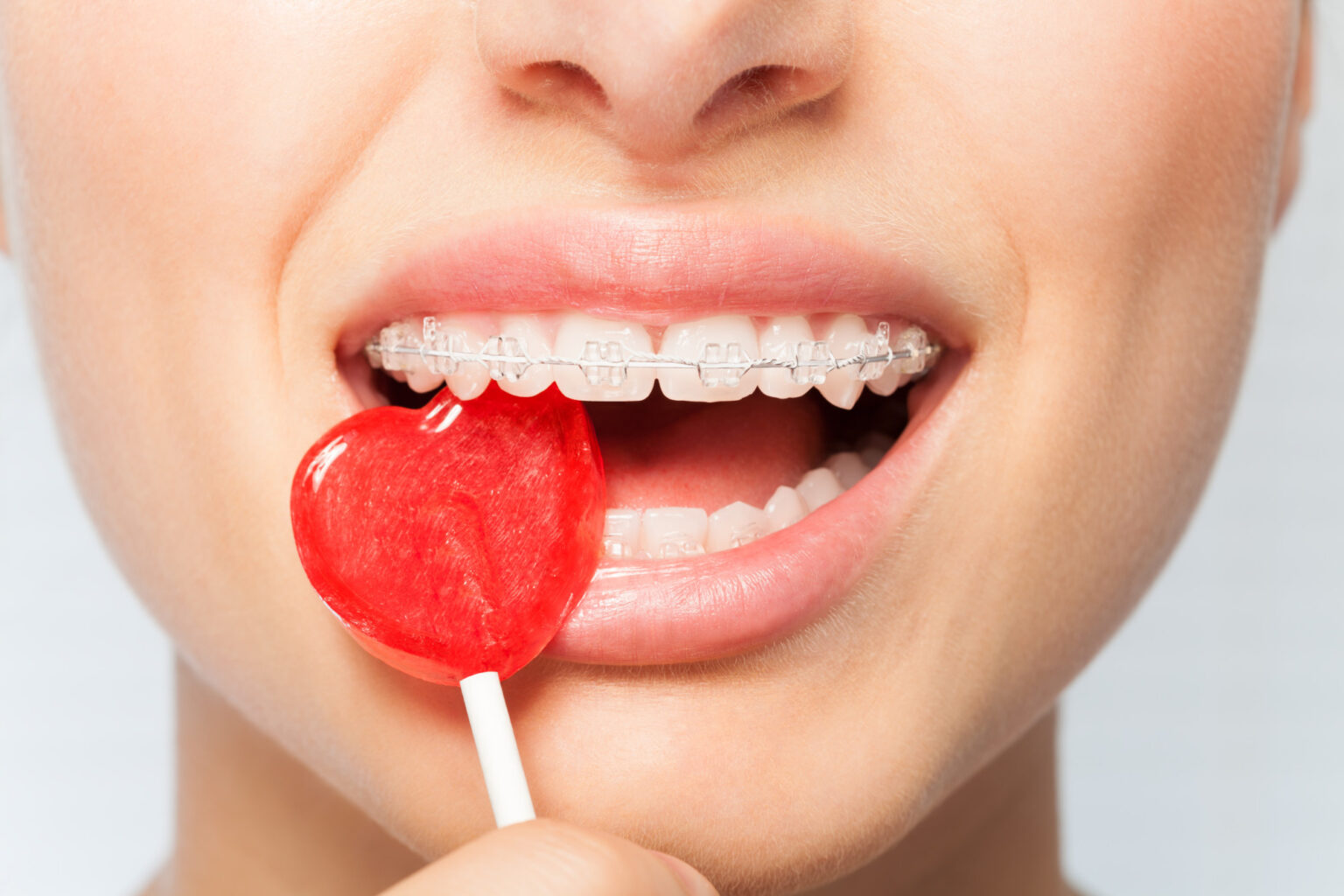The Importance of Replacing Missing Teeth
Missing teeth can not only impact your appearance but also affect your oral health and overall well-being. Fortunately, modern dentistry offers several solutions for tooth replacement, with dental prosthesis being one of the most effective options. In this blog post, we will explore why dental prosthesis may be the right choice for you and the various options available at Webster Family Dental.
What is a Dental Prosthesis?
A dental prosthesis is a custom-made artificial replacement for one or more missing teeth. They are designed to restore the appearance, function, and health of your teeth and jaw. Dental prostheses can be removable or fixed and are tailored to suit your specific needs.
Types of Dental Prostheses
There are several types of dental prostheses available to replace missing teeth, each with its own advantages and disadvantages:
- Dental Implants: Dental implants are titanium posts that are surgically placed into the jawbone, acting as artificial tooth roots. They are topped with a dental crown, bridge, or denture to complete the restoration. Implants are highly durable and offer a stable, long-lasting solution for tooth replacement.
- Fixed Bridges: A fixed bridge is a dental prosthesis that replaces one or more missing teeth by anchoring to the adjacent healthy teeth. It consists of an artificial tooth (or teeth) called pontics, which are held in place by dental crowns on either side.
- Removable Partial Dentures: Partial dentures are a removable dental prosthesis that fills the gaps left by missing teeth. They consist of artificial teeth attached to a gum-colored base, which is supported by a metal framework that clips onto your natural teeth.
- Complete Dentures: Complete dentures are a full set of artificial teeth that replace all the teeth in the upper and/or lower jaw. They are held in place by natural suction or dental adhesive and can be removed for cleaning.
Benefits of Dental Prostheses
Dental prostheses offer several benefits, including:
- Improved appearance: They restore the aesthetics of your smile, boosting your self-confidence.
- Enhanced functionality: Prostheses enable you to eat, speak, and chew properly.
- Better oral health: Replacing missing teeth helps prevent further tooth loss and preserves your jawbone.
- Comfort: Modern dental prostheses are designed to fit comfortably in your mouth.
How to Choose the Right Dental Prosthesis for You
The best dental prosthesis for you depends on several factors, such as your oral health, the number of missing teeth, and your personal preferences. Your dentist at Webster Family Dental will assess your unique situation and help you determine the most suitable option for your needs.
Why Choose Webster Family Dental for Your Dental Prosthesis Needs
At Webster Family Dental, we are committed to providing you with the highest quality dental care and personalized attention. Here’s why you should choose us for your dental prosthesis needs:
- Experienced Team: Our skilled dentists and professional staff have extensive experience in providing dental prostheses and other restorative treatments.
- State-of-the-Art Technology: We utilize the latest dental technology and techniques to ensure the best possible results for your dental prosthesis.
- Patient-Centered Approach: We take the time to understand your needs and concerns, working closely with you to develop a customized treatment plan tailored to your specific situation.
- Comfortable Environment: Our modern and welcoming dental office is designed to make you feel relaxed and comfortable during your visits.
Regain Your Smile with Dental Prostheses
Dental prostheses are an effective and versatile solution to replace missing teeth and restore your smile. With several options available, it’s essential to discuss your needs with a trusted dental professional to determine the best choice for you. At Webster Family Dental, we are dedicated to helping you regain your confidence and oral health with our comprehensive dental prosthesis services. Contact us today to schedule a consultation and take the first step toward a healthier, more attractive smile.
